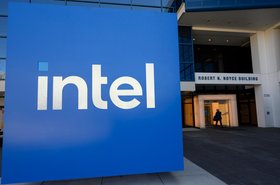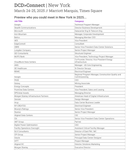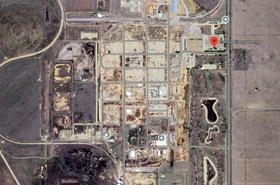HPE has announced it is cutting around 2,500 jobs from its global workforce over the next 18 months in an effort to strengthen the company’s “financial profile” in the face of expected tariffs.
Despite HPE posting revenue of $7.9 billion in Q1 2025, a 16 percent year-on-year (YoY) increase, CFO Marie Myers told analysts on the company’s earnings call that “recent tariff announcements have created uncertainty for our industry, primarily affecting our server business.”
She added: "We are working on plans to mitigate these impacts through supply chain measures and pricing actions. Through these efforts, we expect to mitigate to a significant degree the impact on the second half of the year and to a lesser extent the impact on Q2 as it takes time to implement mitigations."
Server revenue saw 29 percent year-on-year growth to $4.3bn for the quarter, however, CEO Antonio Neri said on the same call that despite the revenue increase, HPE had not pivoted fast enough to Nvidia Blackwell-based offerings, leaving the company with excess AI server inventory that it was forced to discount in order to remain competitive.
The company said it had now corrected course and that 70 percent of the $1.6bn in new AI server orders were for Blackwell systems.
In addition to announcing the job cuts, HPE also issued guidance that its revenue for Q2 2025 would fall to between $7.2bn and $7.6bn and server revenue will likely see mid to high single-digit sequential decline and low single-digit YoY increases.
While President Donald Trump has not yet formally introduced any tariffs on semiconductors, in January 2025 he pledged to “return production” of computer chips to the United States by imposing a “100 percent tax” on their overseas production, stating that tariffs would incentivize companies to manufacture chips in the US instead of Taiwan.
In early March, TSMC announced plans to invest some $100 billion into US chip manufacturing, seemingly in addition to the company’s existing $65bn investment in semiconductor fabs in Phoenix, Arizona.







